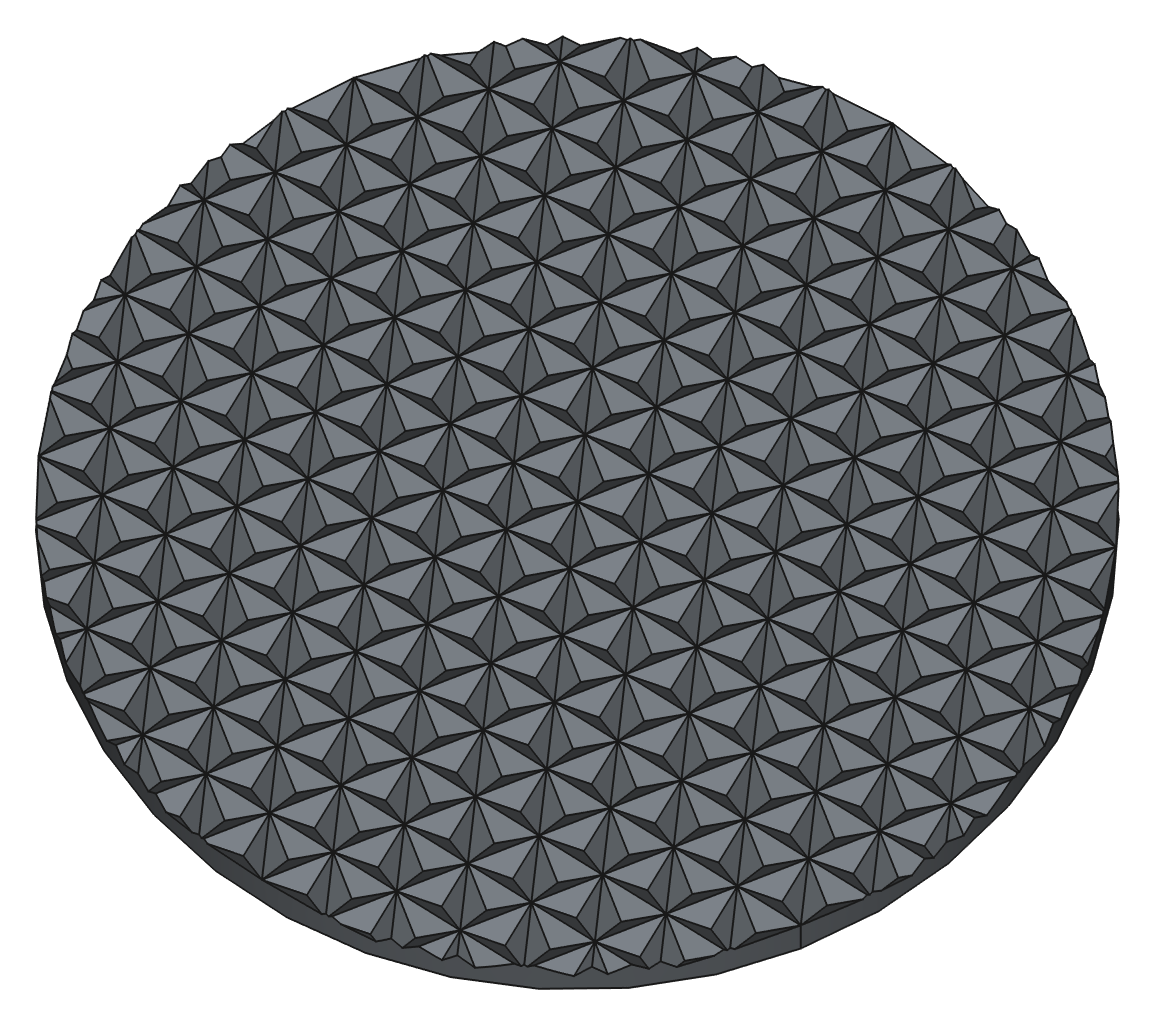A few days ago, I was pressure washing my deck. Very interesting, I know, but wait before you leave, I understood something cool thanks to this mundane activity…
Pressure washing, essentially, consists in violently bouncing a water jet against dirt, transferring it momentum and pushing it away. You don’t want to be in the trajectory, because it's no fun being hit by a fast-moving mix of cold water and dirt. Usually, that's not going to happen to the person doing the washing, because the jet is directed away from them, and even when it bounces off the object being cleaned, it's still moving away.
So it's always a surprise when you get to a corner and end up covered in disgusting stuff from head to toe. The reason this is happening is because a corner has very interesting properties.
The direction of a jet can be seen as a 3D vector. When the jet hits a flat surface, the component of that vector that is perpendicular to the surface gets reversed. It bounces. Light does the same thing when it hits a reflective surface such as a mirror.
When you direct the jet to hit a point close to a corner, it's very likely that it will bounce off of all three planes one after the other. The order in which it does so doesn’t matter, what's important is that a corner is three plane surfaces at right angles, that defines something like a local x, y, z coordinate system, and if you hit all of them, all three coordinates of the jet's direction vector in this local system are going to be reversed. What you end up with is the exact same vector, with its direction reversed. In other words, the jet bounces back exactly in the direction from which it came, which is, in your face.
So I guess my main advice here is: don't pressure wash in the corners, you're going to get wet and dirty.
So what does this have to do with the distance from the Earth to the Moon? Well, I've alluded to the fact that this bouncing back from a corner also works for light rays if the walls constituting the corner are mirrors. This is a fairly simple device to build, and it can even get pretty thin if you build an array of small corners instead of one large corner. This is how your bicycle can be visible to car drivers when they have their headlights on. It's also how traffic signs are visible to drivers at night.
Even at a large distance, if you shoot a laser at one of those retroreflectors, the laser will get shot back at you. There will be some scattering of course, since the mirrors can't be perfect, and you need a really good aim even with a laser, but this works well enough that even at the Earth-Moon distance, a powerful laser will see some of its photons reflected back. Send a pulse, measure the time it takes to catch the photons back, multiply by the speed of light, and you get twice the Earth-Moon distance.
Setting up such a mirror on the Moon has been done 7 times by manned and automated missions between 1969 and 2025. This is how we know the distance to the Moon with millimeter precision, and that it's getting away from us at 3.8cm per year.
